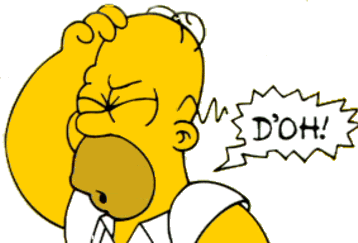Engines (like Maniac57 and others say) need the proper air/fuel ratio, spark, and compression in order to run.
It's usually best to start with the easiest and/or most likely issues first, which would be to check the fuel; i.e. is there fuel in the tank and is the fuel valve "on"? The next easiest/most likely thing (in your case) would be to check for spark. The final check, in most cases, would be compression. Compression, of course, is best tested by use of a comp. gage. However, you can often "ball park" test comp. by "feel" (you should be able to feel a compression "bump" when you roll or peddle your bike with the clutch out (you will also feel this same "bump" through the lever on kick-start engines, while electric start engines will produce a pronounced "rhythmic slow and then fast" sound while you crank the engine).
Below are some of the common in depth "no-start" troubleshooting steps:
1. Fuel Check:
1 a: check the tank for fuel.
1 b: make sure that fuel is getting to the carb (check the fuel valve, filter and lines, etc).
1 c. make sure that the fuel is fresh (from the gas station) and that the pre-mix oil type and ratio, if applicable, are correct.
1 d. pull the plug and check to see if it's wet with fuel. If it's wet then you for sure are getting fuel (but the mixture could be too rich to start).
2. Spark Check (first make sure that no fuel has been spilled on or around the engine, etc, before doing this).
2 a. Carefully check for spark with a "spark check tool" or with the plug itself.
2 b. Try a new or "known to be good" plug if the spark test tool indicates a good spark, or if there's a weak or no-spark condition with the original spark plug.
2 c. Check the spark plug high tension wire and cap. Look for loose connections and cracks in the wire insulation and cap. Note: the factory supplied spark plug caps on some of these engines are known for being of poor quality. Many owners replace these cheap caps with a quality name brand cap whether they're working or not.
2 d. Check for loose and/or open (disconnected) magneto/CDI wires.
2 e. Check the "kill switch" (if applicable). Temporarily test for spark with the kill switch wires disconnected (note: do not ride your motorized bicycle with the kill switch disconnected. Always repair or replace any defective kill switch).
3. Compression Check Using a Proper Gage (make sure that the fuel valve is turned "off" and that the engine kill switch is in the "off/stop" position before testing compression).
3 a. Quickly spin the engine 4-5 revolutions and note the gage reading. The reading for a stock fully broken-in 66/80cc engine should probably read a minimum of 100 psi. However, many knowledgeable people on this forum have reported that their engines have considerably less compression than this (while still running fine). Others report figures that are quite a bit higher than 100 psi. Hence, there may be no real agreement on just what a compression test should indicate on these engines. Also note that many mechanics and tuners prefer to "leak-down" test the engines they work on (we performed both vacuum and pressure tests on 2 stroke engines when I was a motorcycle mechanic).
3 b. Check for loose cylinder/head nuts and studs, failed cyl. head and/or cyl. base gaskets, a damaged piston or broken/worn rings, torn and/or unseated crankcase main seals, or a failed crankcase gasket if you suspect abnormally low compression.
Note: Some, if not many, 2 stroke engines will not start while running old/stale, water contaminated, or otherwise "questionable" fuel. This is why it's often best to drain and re-fill the entire fuel system (including the carb float bowl) with fresh fuel when ever a mysterious no-start issue arises. This can be especially true with the ethanol blended fuels we have today.
If the above steps and suggestions fail to indicate a particular problem then I'd follow up with a thorough inspection of the carburetor and intake system. I'd also strongly consider crassius's sound advice (I've seen more than a few "good spark" but "no-start" problems that were solved by replacing the CDI or ignition module (pick-up).
HTH





